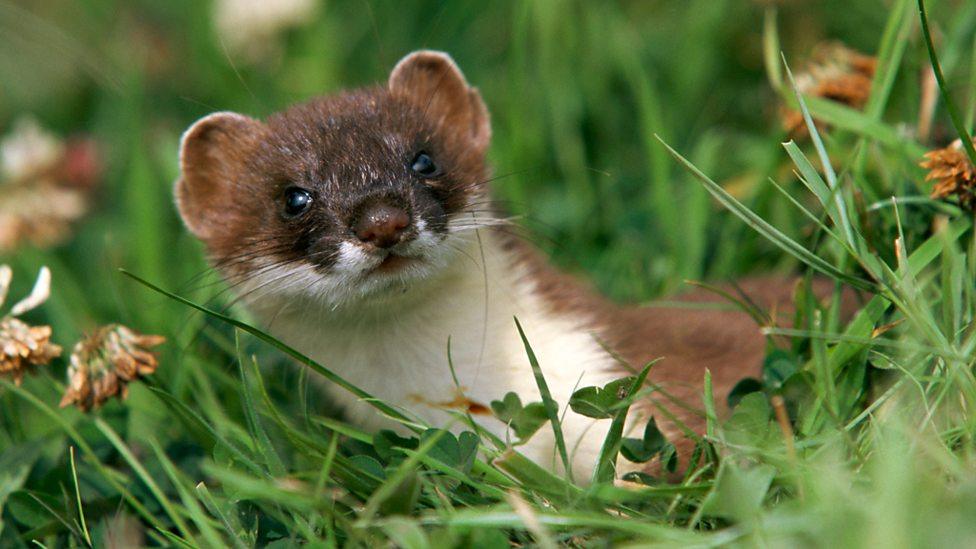Orkney project granted extra £4m to remove stoats
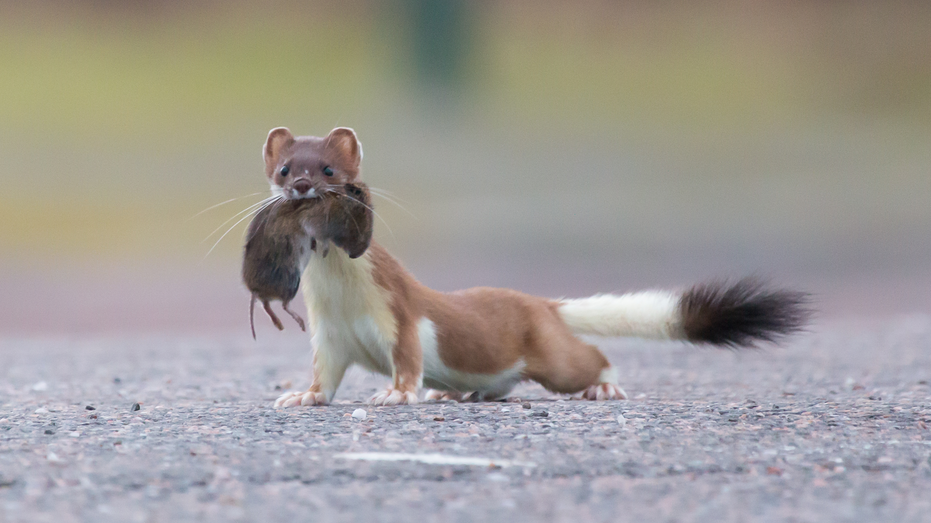
Stoats have become a major threat to the native wildlife including the Orkney vole
- Published
A project to eradicate stoats from Orkney has been granted £4m to continue its work.
The Orkney Native Wildlife Project has spent £7.9m trapping more than 6,300 stoats on the islands since 2019.
The animals are said to pose a major threat to breeding seabirds as well as the native Orkney vole. It is the largest predator eradication project on an inhabited island anywhere in the world.
Organisers say the money, £2.5m from the National Lottery Heritage Fund and £1.5m from the Scottish government's Nature Restoration Fund, will support the final push to remove the last of the stoats from the islands.
But the project, led by the Royal Society for the Protection of Birds (RSPB), is seeking £8m in total over the next five years to finish the job.
This would support three years of eradication using humane lethal traps and a further two years of monitoring.
Stoats are common in parts of mainland Scotland but they only started appearing in Orkney in 2010.
The population quickly grew to thousands and became a major threat to the native wildlife by eating small mammals, birds and eggs.
They are very skilled hunters which can kill prey much larger than themselves and they tend to kill more than they need and hide the rest to eat later.
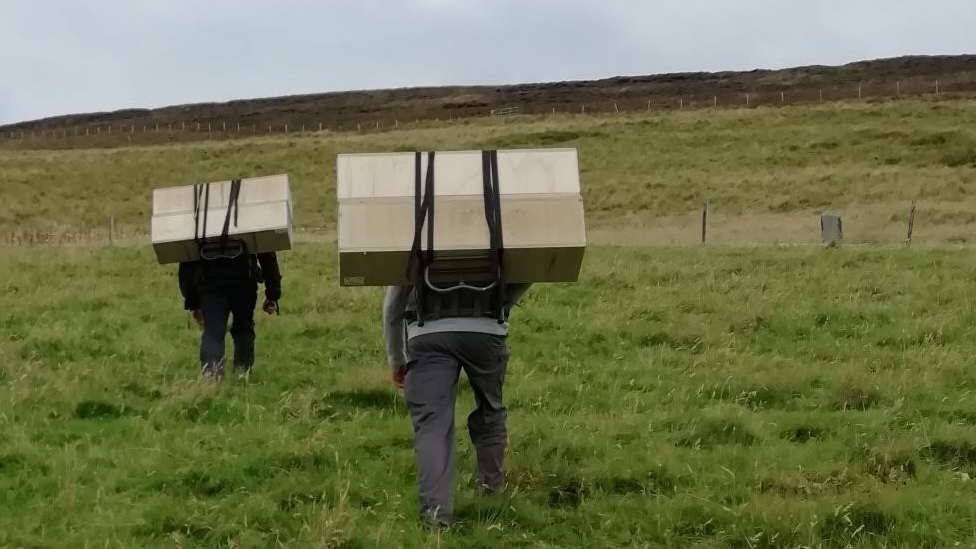
The project involves three more years of eradication and two years of monitoring
The project has worked with more than 900 landowners across the Orkney islands to prevent stoats from colonising more land.
It employs more than 40 people and involves the use of Europe’s first conservation detection dog team.
Organisers say the project has already seen population boosts for hen harriers, curlews, Orkney voles and other rare and threatened native wildlife.
However, progress was significantly impacted by the Covid pandemic restrictions which prevented trapping throughout the 2020 breeding season and allowed the stoat population to rebound.
Since trapping restarted, stoats have been found making dens in attics, under kitchen floorboards, and in greater density than on the UK mainland.
Project organisers said their unusually bold behaviour in Orkney is likely to be due to the abundance of food and a scarcity of natural predators.
Eilish McGuinness, chief executive of the National Lottery Heritage Fund, said the project is "vital" for Orkney's rare and threatened species.
"The project is proving its worth, delivering results even with the interruptions caused by the global pandemic and lockdown," she said.
"However, experts are warning that the project is now at a critical stage, where if the partnership is successful would ensure the Orkney Islands remain a stronghold for Scottish wildlife, rare waders and globally important for the world’s seabirds."
The partnership is now looking at options to raise the additional funding needed to extend the project for five years and remove the final remaining stoats.
Related topics
- Published25 October 2018
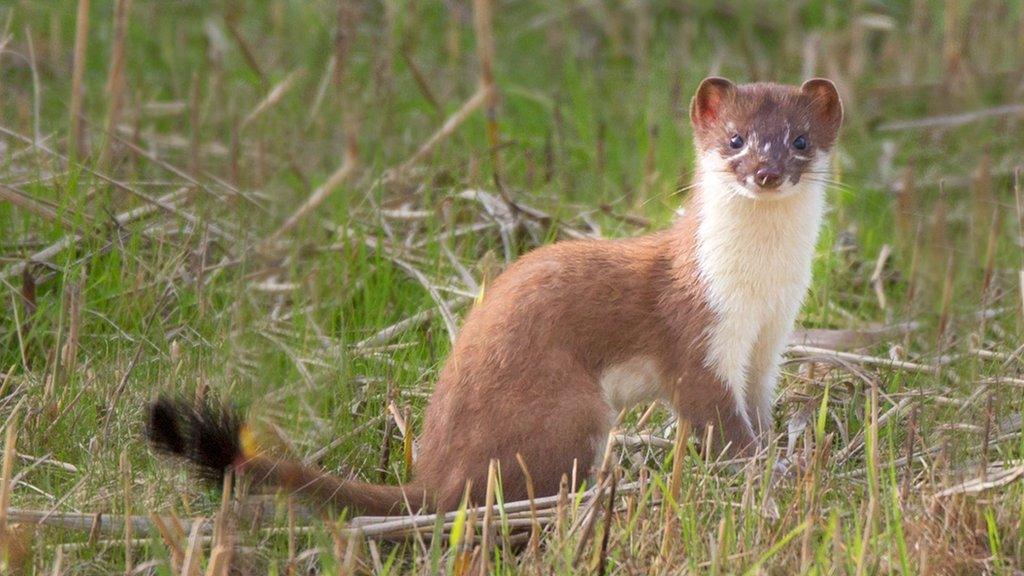
- Published5 September 2017
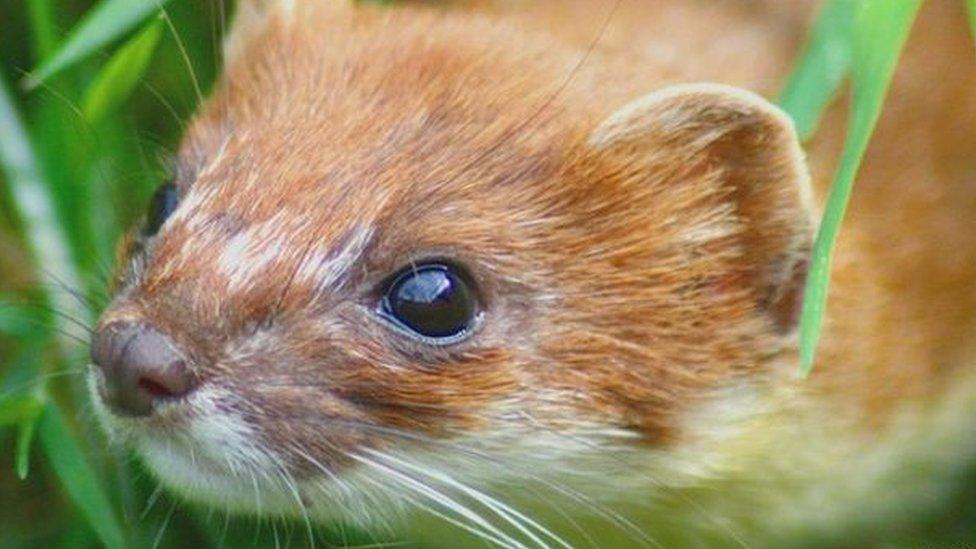
- Published2 May 2017
